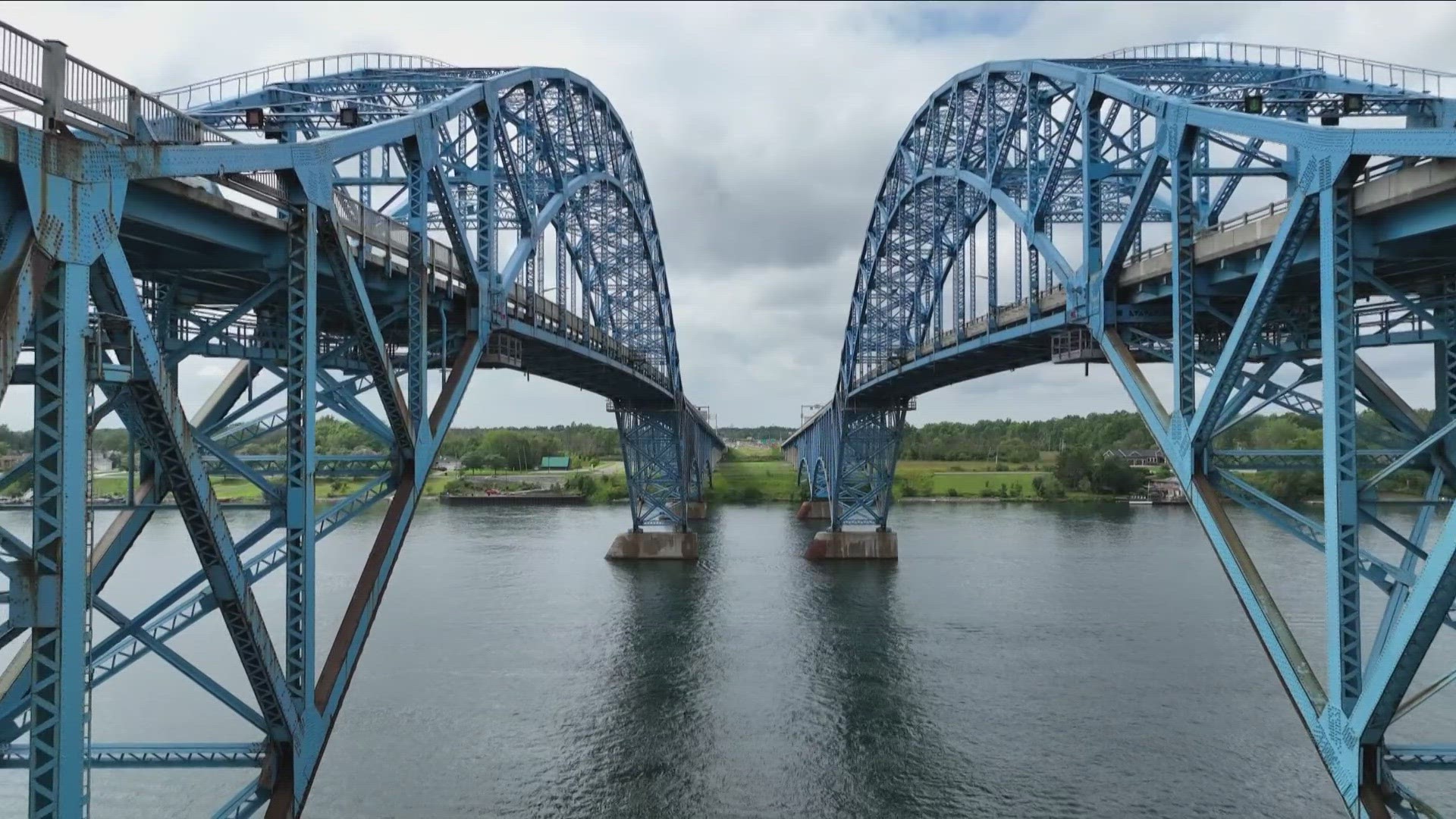GRAND ISLAND, N.Y. — A major infrastructure project is in the works for two major bridges here in Western New York.
2 on Your Side got more information on planned upgrades for the Grand Island South spans to better protect them against earthquakes. So we spoke with local research experts and a local company with plenty of experience in the field.
All of us probably take for granted the structural stability of the South spans of the Grand Island Bridges while crossing them. But then consider the potentially destructive shaking energy from earthquakes like what we saw in the New York City area last week and here in Western New York in February of 2023.
Professor Andreas Stavridis of the UB School of Engineering and Applied Sciences says, "These recent earthquakes - exactly as you said they're wake-up calls for us to work around our infrastructure, our buildings and make sure that they can survive what might be happening to them."
Stavridis says UB's Structural Engineering and Earthquake Simulation Laboratory has duplicated that seismic stress on bridge structures with the use of models and calibrated shaking tables, "These are very hard tests. Very few places can be done. And we've done it here in Buffalo."
The Professor adds that bridges in particular can be especially susceptible because of their design and function, even if the cause of the damage is much different. Stavridis says "As we saw in the bridge in Baltimore it only takes one of the columns to go down and then the entire bridge collapses."
That may have spurred the announcement of 39 Million dollars in federal grant funding for the New York State Thruway's application for that money to rehabilitate those south bridges of the Grand Island crossing. Perhaps there could be similar inspection work looking for significant wear and tear of support structures much as Watts Engineering of Buffalo staffers have done for the North spans.
Construction of the southbound bridge was completed in 1935 and the northbound bridge in 1963. Each structure has a total deck length of 3,437 feet. Both bridges were originally constructed to provide a 24-foot-wide roadway surface.
The bridge section is typically comprised of two 10-foot mainline lanes in each direction, with 2-foot shoulders. The two-way Annual Average Daily Traffic (AADT) for 2021 is about 63,000, with 10% truck volume."
Some of the fixes may involve adding steel plating to the spans. But also the installation of seismic dampers like those produced by Taylor Devices in North Tonawanda.
Company president Alan Klembzyck says they have handled similar bridge retrofit projects here in the US and around the world. "Picture like shock absorbers on your car but we put much larger shock absorbers on bridges to protect against things like wind and earthquake again. And we normally put them in between places that have some kind of movement. Either between the decking and the pier or between sections of the deck itself."
The Thruway Authority says this funding will cover the seismic retro-fits, rehabilitation repairs, and roadway surface work to try to reduce chances of vehicle collisions, as well as restoring the south side pedestrian sidewalks and general safety improvements overall for the bridges.
In addition, there is currently a $67 Million dollar upgrade project underway on the north spans of the Grand Island bridge complex.
Related Video:

